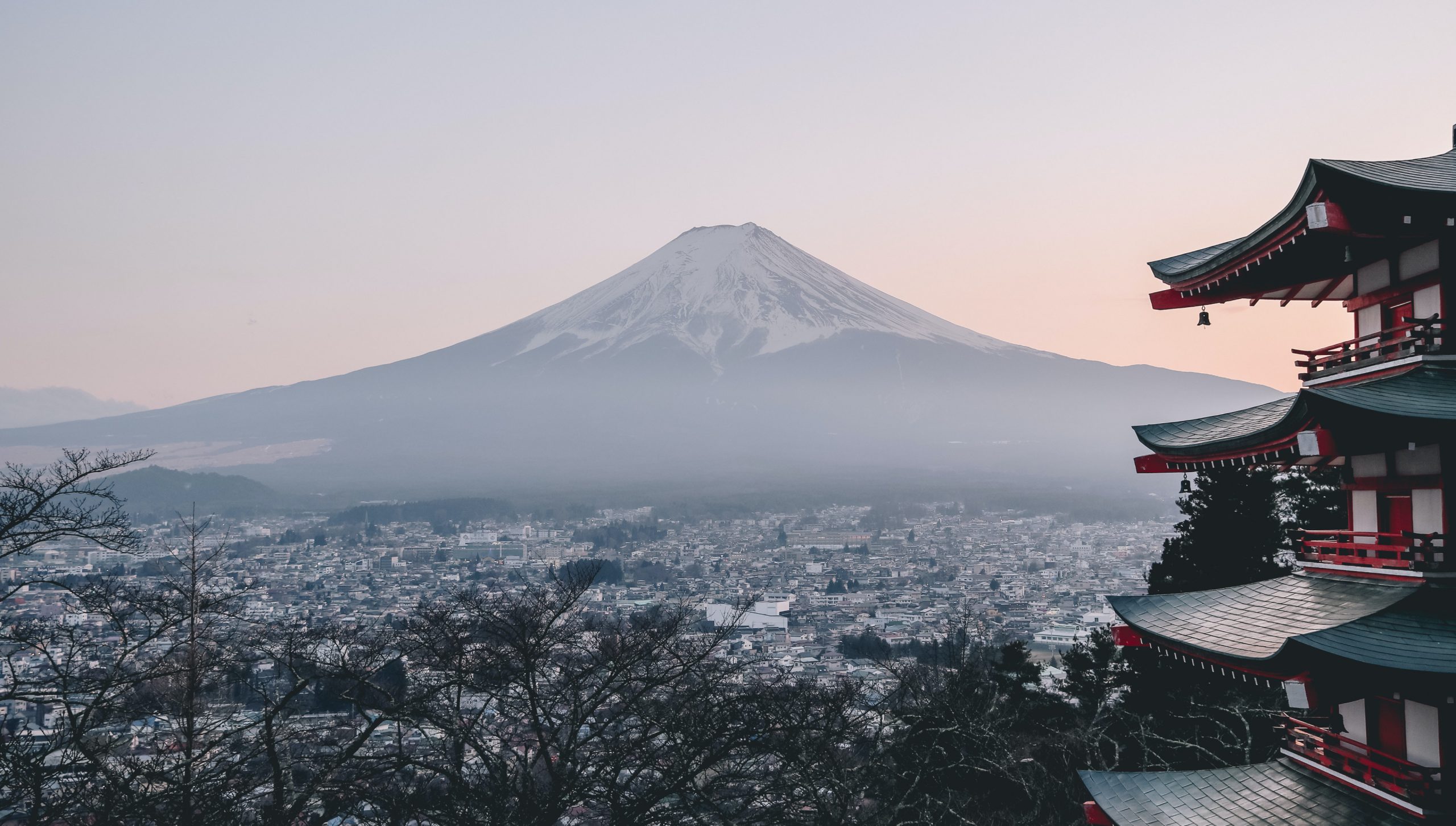The World’s Emerging Wine Regions
For centuries commercial fine wine production and distribution was seemingly limited to a handful of regions; Bordeaux, Tuscany, La Rioja and Napa Valley to name but a few. It appeared to be set in stone that these charmed dominions would forever continue to dominate wine production with their processes that have been honed and perfected throughout time.
Not only have these regions always enjoyed the very specific growing conditions required to thrive in wine production, but they’ve developed the prestigious reputations and efficient infrastructures that have allowed them to thrive.
However, as a result of numerous factors, the world of fine wine production has been opened up to a variety of regions across the globe, places where the art of wine production would have once never appeared possible.
One major contributing factor to these new opportunities is climate change and its effect on the world’s weather patterns. Regions that were once too cold to grow wine grapes, for example in Northern and Eastern Europe and parts of Asia and Northern America, are now benefiting from abnormally warm climates which have enabled wine production to flourish.
Alongside the shift in the world’s climate, rapidly evolving technology and emerging international economies present an opportunity for the emergence of new wine regions. Coupled with this, fluctuating consumer preferences and growing entrepreneurial ambition provide the justification required. These advancements have led to some countries now being able to take advantage of their unique geographical characteristics in ways that were not previously possible.
One region that is doing so is Scandinavia, where winters are becoming warmer resulting in longer potential growing seasons. In Norway, for example, the increase in temperature combined with a surge in domestic wine appreciation has seen a boost in commercial wine production over the last 20 years or so. This movement has been especially successful because of the country’s natural landscape, with its impressive fjords reflecting sunlight back onto the vineyards and its mountains accumulating heat and providing drainage.
In South America, a region traditionally dominated by Chile and Argentina, we are now witnessing emerging competition from less economically advanced countries, including Bolivia. Bolivian viticulture dates back as far as the 16th century, when Spanish colonialists utilised local silver mines to fund wine production, however, recent cultural, political and economic challenges have prevented the country from any real form of successful large-scale commercial wine production.
However, new investment and improvements in technology have led to ambitious and modern vineyards cropping up as high as 6,200 feet above sea level. The most commonly used grapes in Bolivia are Malbec, Merlot and Petit Verdot and once again the country’s natural make-up is benefitting its wine production, as the high-altitude vineyards help guard against increasingly warming temperatures within the region.
In Eastern Europe we are seeing an exciting combination of the traditional past and the chic future in Georgia. The country’s wine industry is 8,000 years old and it is this heritage that is part of the reason for its recent success. 70 years of Soviet rule largely stagnated Georgia’s wine industry, however, with around 500 varieties of grape, its potential is massive. Georgia has found a niche with its production of orange wine, due to the composition of many of these grapes and it can be argued that this quirk, along with the country’s wine history, has aided its appeal overseas.
Norway, Bolivia and Georgia are only a few examples of the many emerging wine producers in the world, with big strides also being made in Mexico, Canada, China, India, Belgium and Holland amongst others. The benefits of this expansion are manifold. On an economic level the resulting sustainable economic development within countries such as Bolivia is proving to be invaluable, whilst the increase in consumer choice is quenching the modern desire for more exotic tastes.
If you are interested in exploring the world of fine wine in the most luxurious way possible, contact Blend Group and we’ll be happy to incorporate it into a bespoke experience for you.
